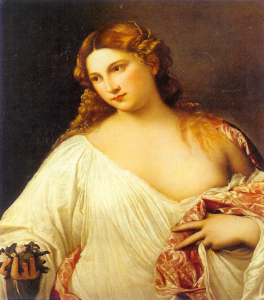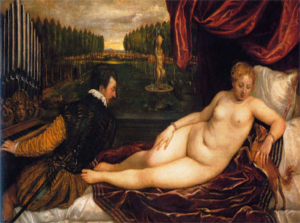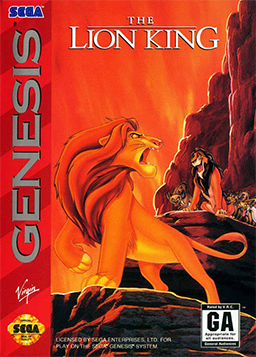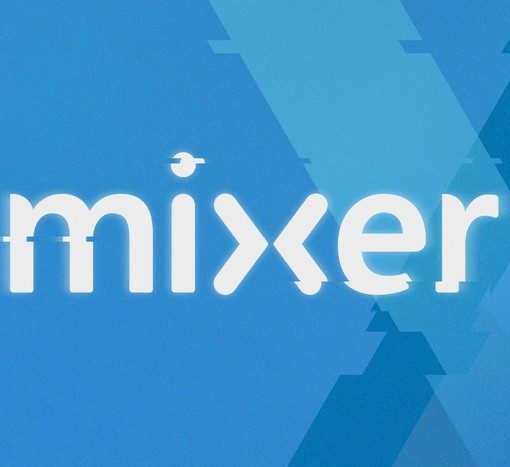After my Ode to Lara’s Thigh Gap, I started pondering on why a critical evaluation of female body types in video games is important for consideration in the first place. In other words, why were some people vehemently in support of my perspective while others cheered me on? It was nothing more than a trite poetized version of what so many people are questioning: With all of this power to create, why recycle the same female body type from game to game? Where’s body diversity?
What is Diversity in a Post-racial Society?
To start, I think it’s imperative that we question what diversity is in 2015 – a time in which many Americans believe we live in a post-racial society (I specify race first because that’s generally what we tend to focus on when we say diversity), and how this shapes our view of others, self, and created portrayals of our society. In “Post-racial Society or Diversity Paradox”, Jennifer Lee reports that
Immigrants and their children account for about 23% of the U.S. population, and 85% originate from Latin America and Asia, making the country more racially and ethnically diverse than at any point in our history. In 1970, Latinos and Asians comprised only 5% and 1% of the nation’s population, respectively, but by 2010, their populations more than tripled to 16% and 5 percent. Latinos have grown so rapidly that they have surpassed blacks as the largest minority group, and while smaller in size, the Asian population is the fastest growing group in the country.
While these numbers may indicate a shift in our American perspective of race, i.e., a decline in racial significance and an increase in racial inclusion, The Diversity Paradox (co-authored by Lee and Frank D. Bean) delineates a difference in Latino’s and Asian’s “understanding of race and the color line born out of an entirely different experience and narrative than that of African Americans”, challenging the notion of a post-racial society and argue that if slavery is a racialized scar on America that represents it failure then immigration exemplifies hope and an opportunity for success.
In other words, while the current state of our society appears to be growing more diverse – representing a multitude of races and faces – why isn’t this represented in media, or video games? If I can walk across my campus and every time I get excited about seeing someone that looks like me, because it happens so rarely, is my narrative spoken here to the degree that the standard says it is? In respect to video games, I’ve yet to play one where the female protagonist represented how I identify – race or body. And if I, an African American woman, have a hard time finding videogames I relate to, how much more difficult will it be to pinpoint a video game that represents my ESL students’ experiences in a non-stereotypical fashion?
Women through the Ages
If we look through the eras, we’ll see a sort of evolution in the representation of the female body, but not really an evolution in the sexualization of the female body – that part remains stagnant. Consider this painting of a Renaissance era woman: 
When England was ruled for half a century by Queens but women had almost no legal power; When marriage, a women’s main vocation, cost them their personal property rights; when the ideal woman was rarely seen and never heard in public; when the clothes a women wore were legally dictated by her social class; when almost all school teachers were men; when medicine was prepared and purified at home; when corsets were constructed of wood and cosmetics made of bacon and eggs…(see Suzanne Hull’s Women According to Men: The World of Tudor-Stuart).
If we take time to critically engage with this portrait, what does it tell us? Flowers and the color ‘white’ signify purity, perhaps ripeness, or virginal status; the red hair, a rarity, the pale skin, the finances to be…shall we say plump? The clothing draping off her shoulder with the hair slightly cascading down. What’s this mean? That’s she’s valued as a person or that’s she’s valued as an object ready to be plucked?
 If we consider the Romantic Era, what can be gleaned from the artistic portrayal of the woman in this portrait during a time in which women were academically oppressed in England, when a woman was viewed as the physically and morally weak and illogical antithesis of a man. What does this image say about gender roles and the representation of the female body? Is there a value in her person or yet another objectification of her body?
If we consider the Romantic Era, what can be gleaned from the artistic portrayal of the woman in this portrait during a time in which women were academically oppressed in England, when a woman was viewed as the physically and morally weak and illogical antithesis of a man. What does this image say about gender roles and the representation of the female body? Is there a value in her person or yet another objectification of her body?
We, or I, could go on and offer more images of women in modern and contemporary paintings, but what you’ll find in a quick Google search is that, while the representation of the female body has slimmed over time, she’s objectified, sexualized, and she’s white (unless you search specifically for African, diasporic, or African American art). She’s thin, she has a thigh gap, and she’s created (creation here literally refers to that of someone creating – not a spiritual or religious perspective of creation) to satisfy the hungry eyes of misogyny. So when I wrote a poem critiquing, and quite eloquently I might add, Lara Croft’s thigh gap, I was critiquing video games that fail to tell the narratives of scores of women by not creating images, characters who are relatable, who reflect the worlds that we, women, engage with every day. And to be clear, it isn’t that Lara is unrealistic, or that any of the women mentioned above are, but it’s that the uniformity in the created images is.




